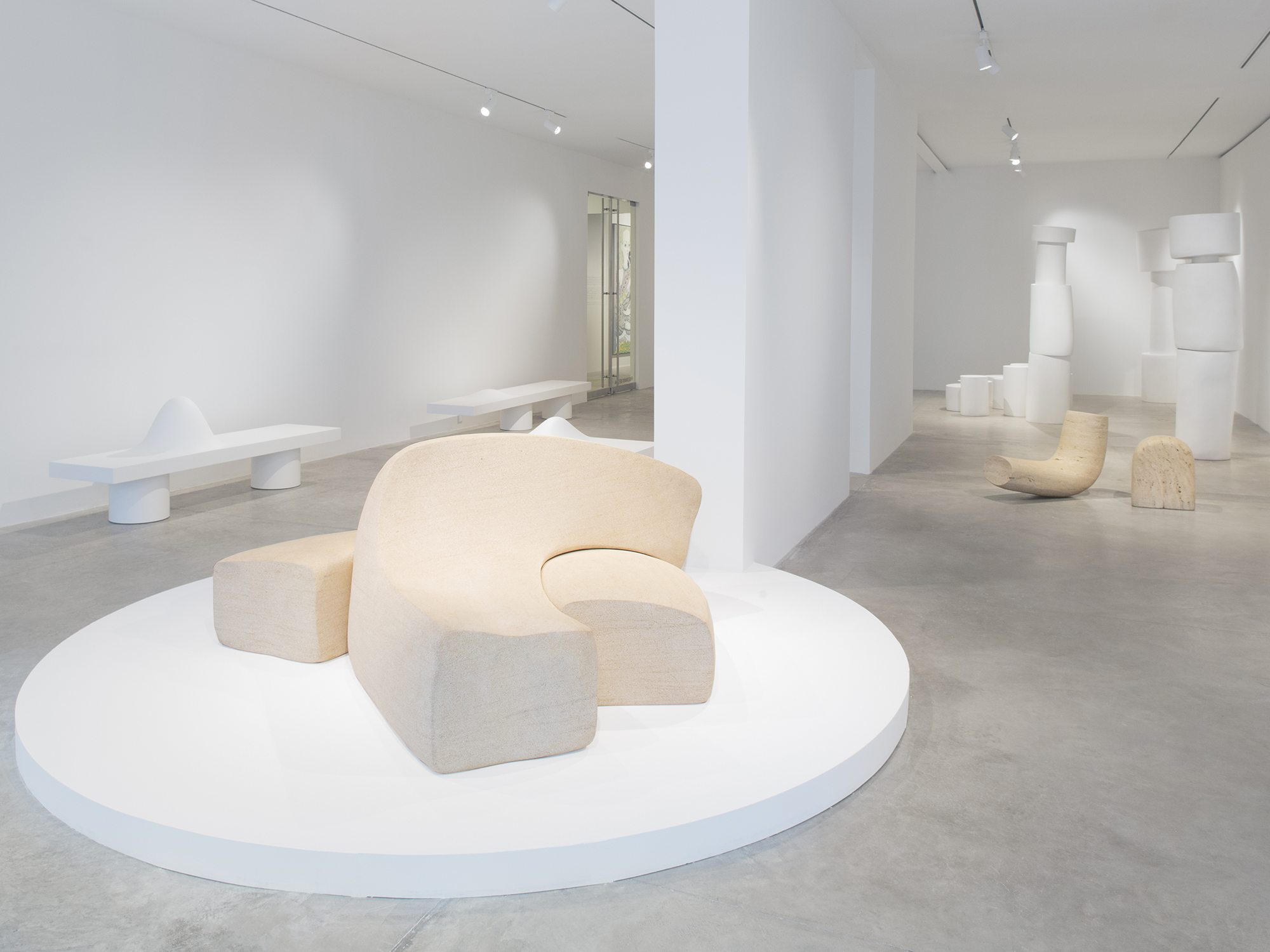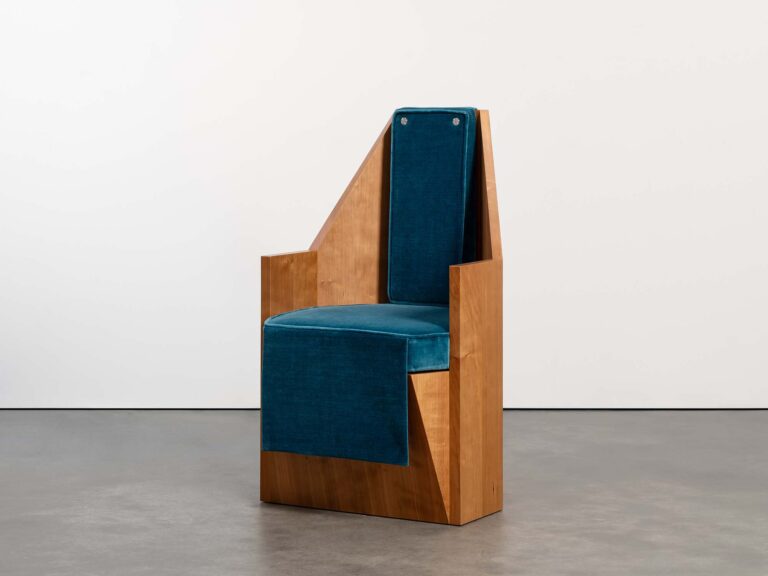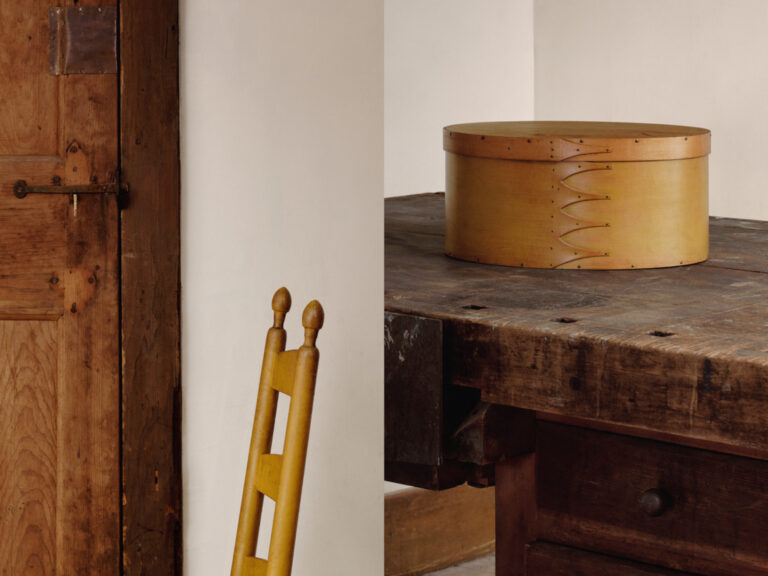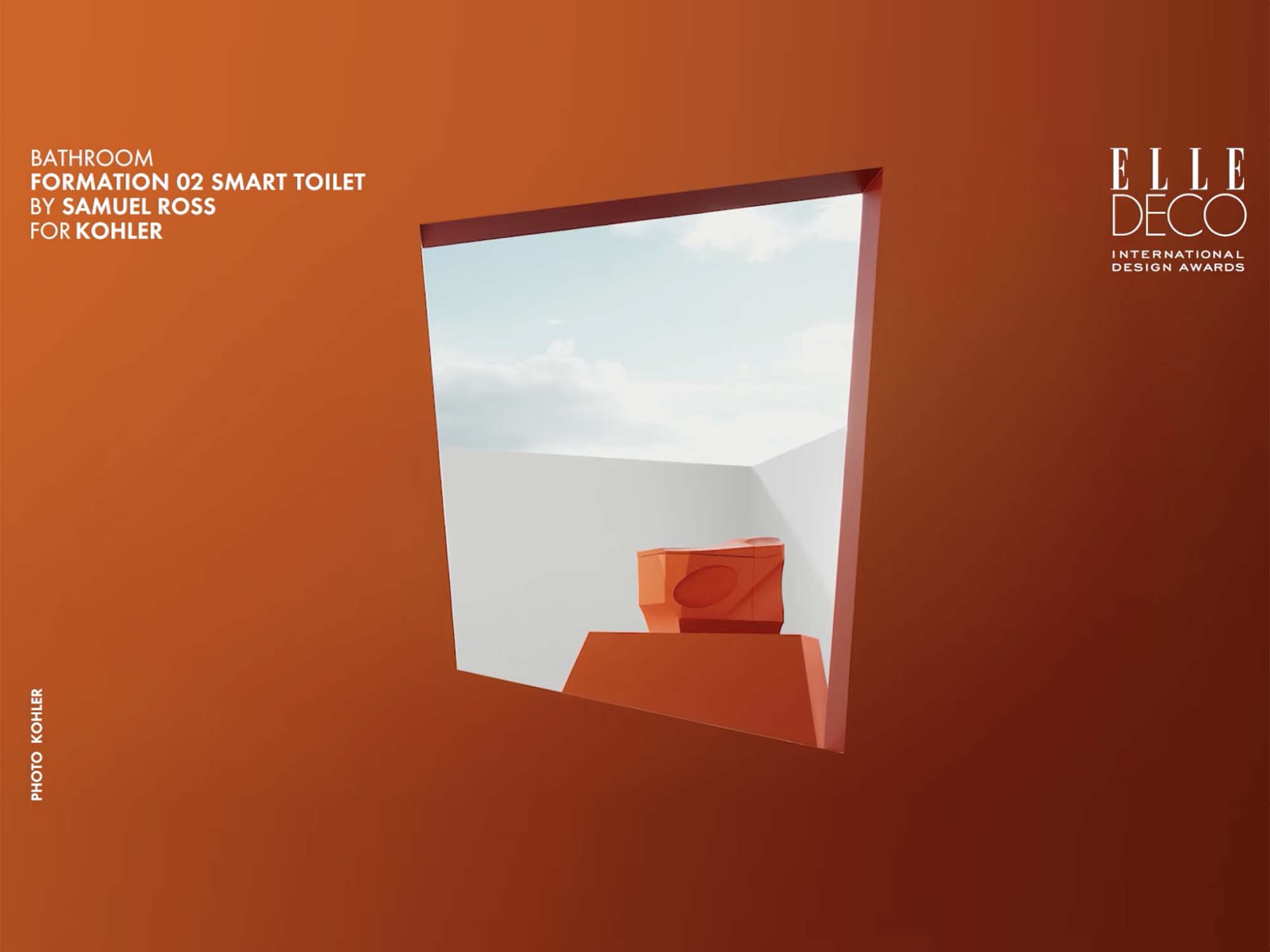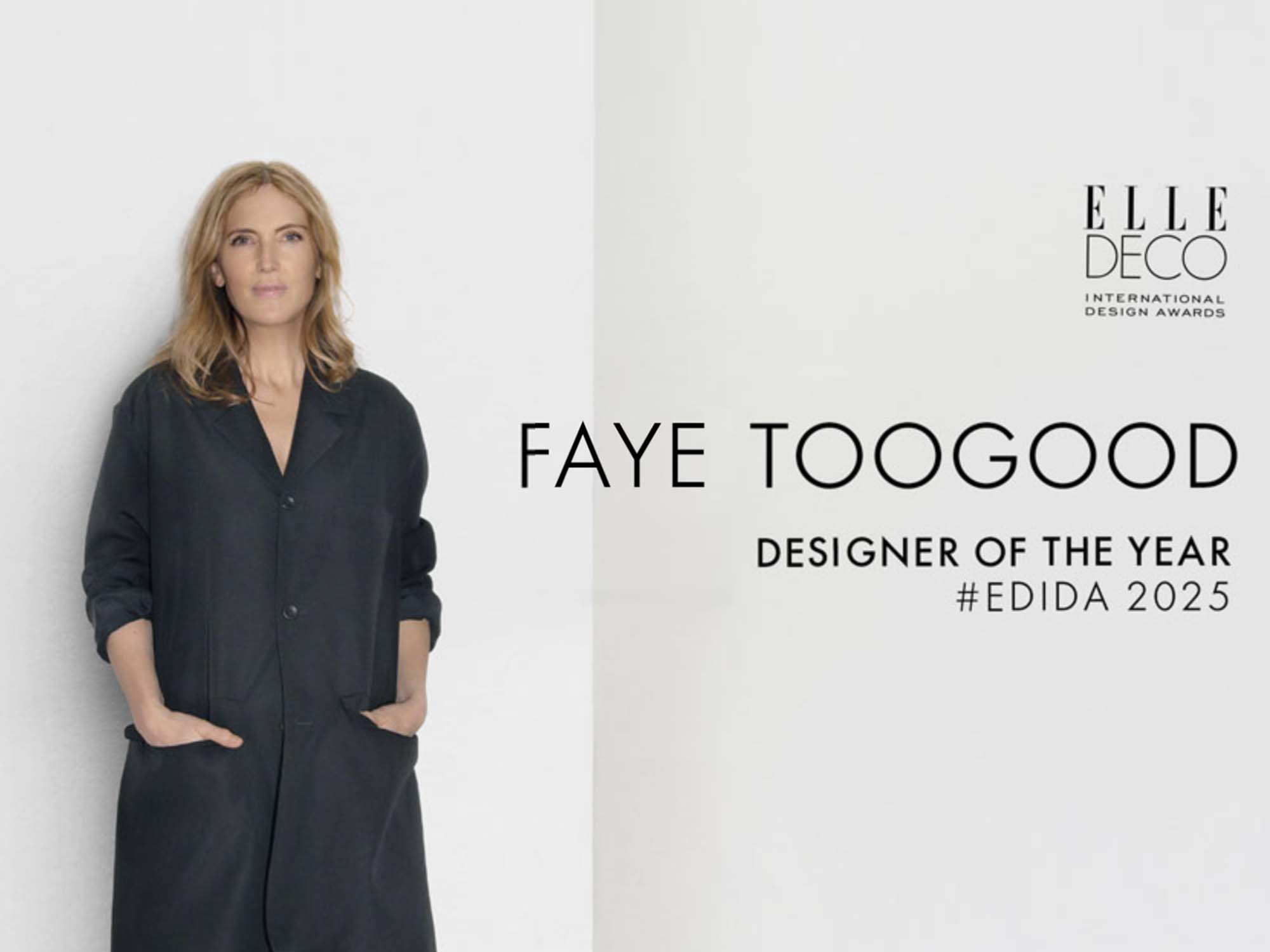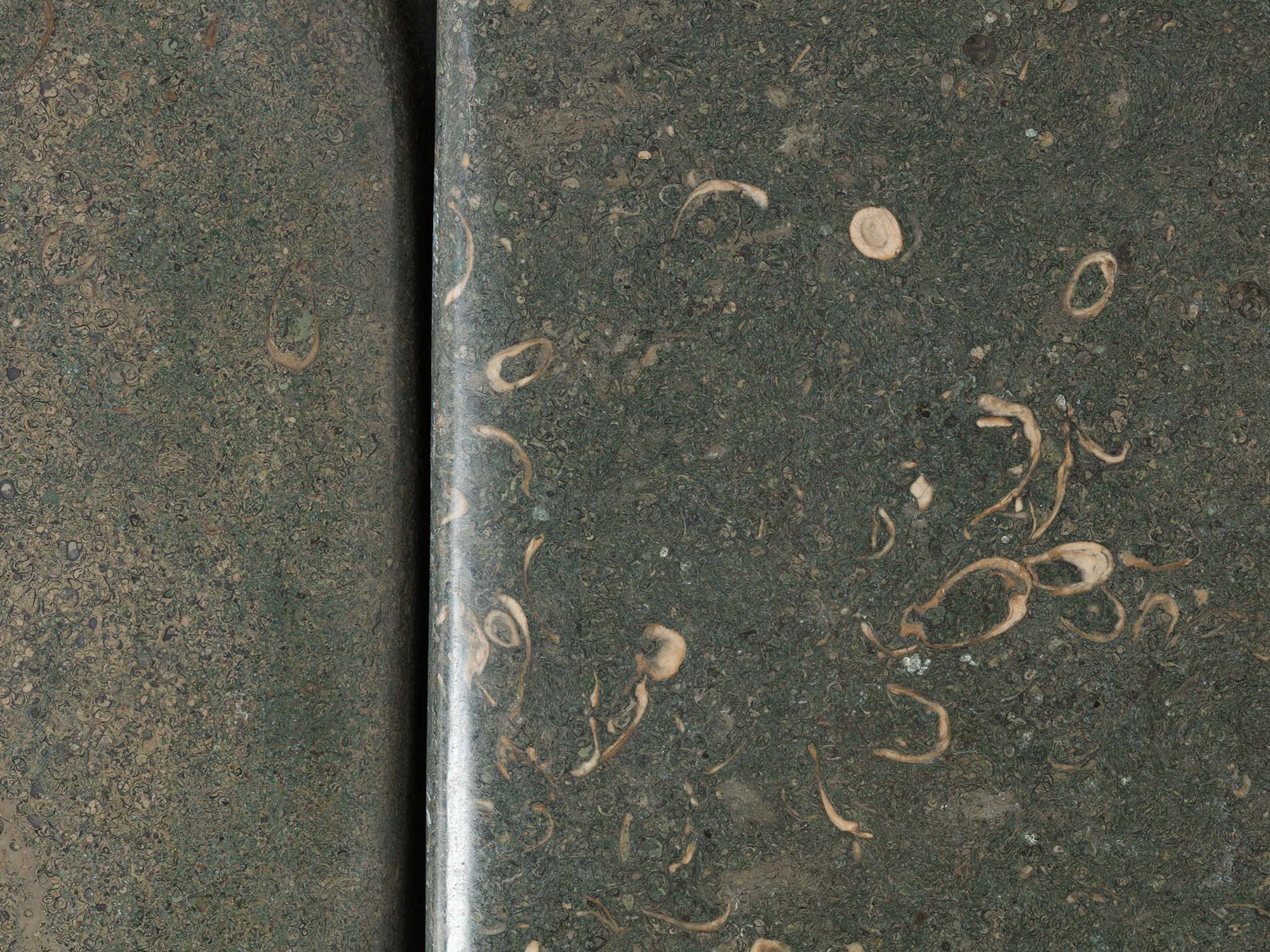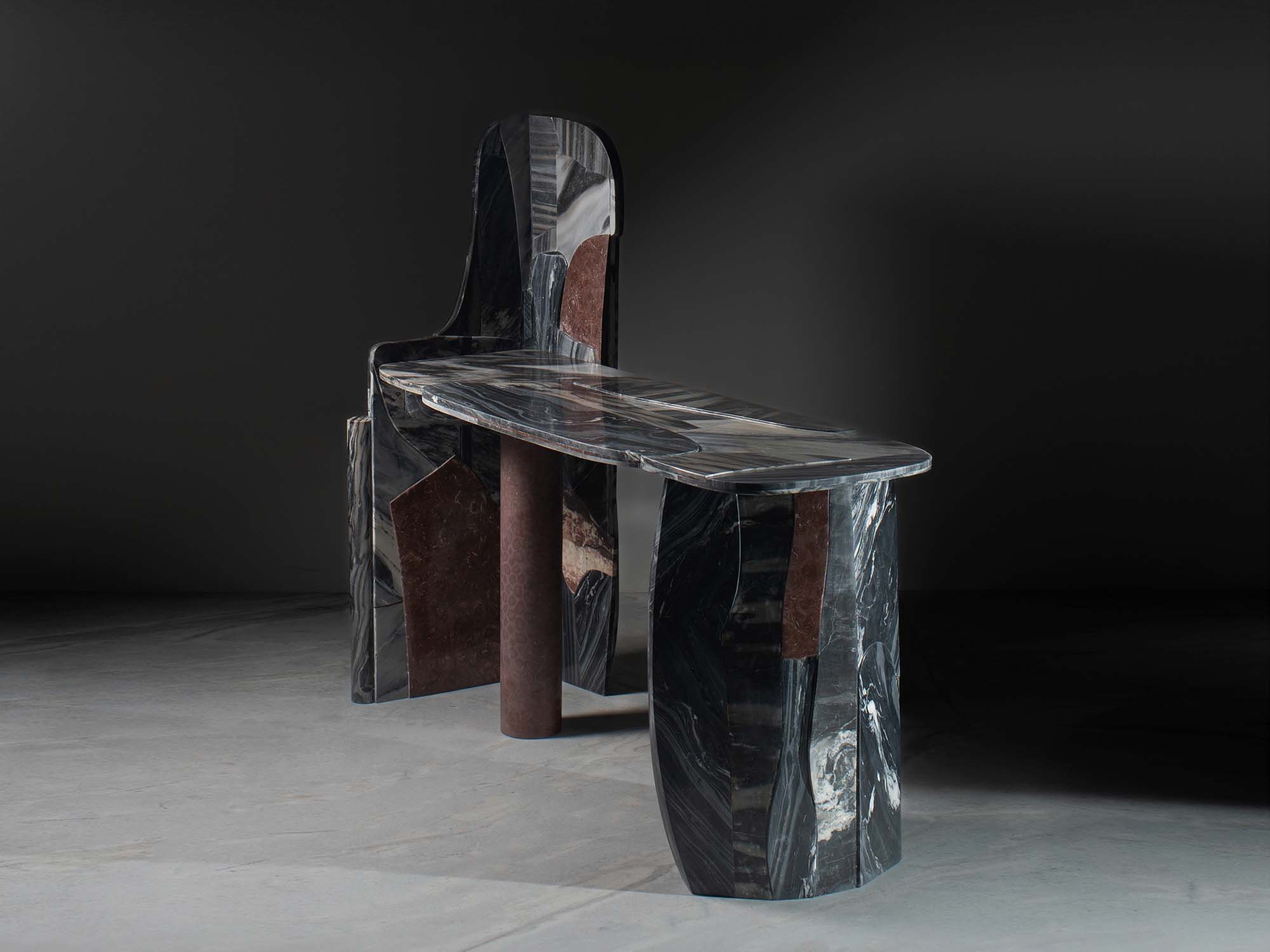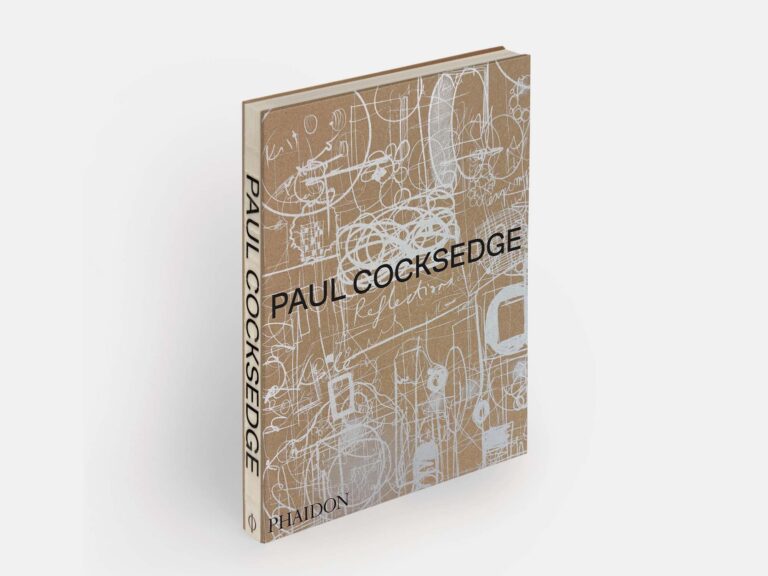By Glenn Adamson
Najla El Zein has said that her designs “have been a way for me to dissect and analyze every emotion, every thought, every impression, putting a form to it, test it, touch it, get closer to it. Physically making it to be experienced the way I had experienced it.” Leaning in close to her objects, you can feel the depth of that commitment. It is as present as a breath on your face. And yet, despite this sensuous conception, her works express metaphysical states, the abstract conceptions of human desire, passion, and loss. They are animated by a simple but provocative idea: that the most expansive horizons for design lie within the self.
The design discipline has broadened dramatically in recent years, in its geographic, political, technological, and conceptual dimensions. There’s more space, more freedom, than ever before. Many new talents have arrived on the scene, to explore the wide-open possibilities. But none has achieved quite what El Zein has. She is that very rare person in any discipline: a natural-born storyteller, albeit one who speaks in the terms of abstraction. She shares what she has to say honestly, without artifice. Intuition and intention fold together, with no space between.
A narrow reading of her work would dwell on its relationship to the body. Look at these seats and benches, her lamps, her contrapposto columns, and you may fancy that you see the lineaments of bodies. These touches are never explicit or overstated, but nonetheless there, just under the objects’ taut surfaces. There is an intimacy to the shapes. They suggest the clefts where parts meet, the most sensitive and vulnerable parts of us. So, at first blush, El Zein seems simply to be speaking the language of figurative sculpture – a specific vocabulary, initially developed by figures like Barbara Hepworth and Isamu Noguchi – in an unconventional context. One could even say, reductively, that she is claiming the psychological and sensual charge of sculpture for her functional objects. But this is not so much a case of influence, or historical borrowing; rather, El Zein has found herself traveling down a similar path as other artists, for similar reasons.
Her approach is not based in exterior observation of the body – as in a life drawing session – or a superficial conception of the erotic, as one might encounter in mass culture. Rather, it is a projection of her own internal experience, in all its depth. For this reason, to understand El Zein’s work it helps to understand something about her. Born in Beirut in 1983, her family fled conflict there and she grew up in France, studying in Paris (at the École Camondo), and then working for a time in the Netherlands. “Quite accidentally,” she moved to Beirut in 2011, a place where she had family roots but few of her own. She has lived and worked there since, in a city that she describes as chaotic, unstable, intense, but also liberating. “Moving here made me discover myself, I learned to let go,” she says. “A part of me changed. I feel more complete.”
Three years ago El Zein became pregnant. That is a life-altering experience for anyone; in her case, it was also strangely alienating. “I became estranged from my own body,” she recalls, “you lose knowledge of who you are.” Already someone with a powerful affinity for objects, she now felt herself to be one: “the body becomes a vehicle that drives you from one point to the other. You lose control of it, it functions independently, working for another purpose.” At the same time, her romantic relationship inevitably evolved – a journey that she remembers as complex but meaningful: “I needed to understand motherhood and of course juggle with also understanding who I am as a person, a woman, a lover, from body, to mind, to touch, to feelings, to emotions, to fear, to love, and all of it altogether and all at the same time.” Much of this experience she holds close, still. But gradually, she emerged from this period of change, her designs helping her to do so and expressing what she had gone through, in a way that felt true.
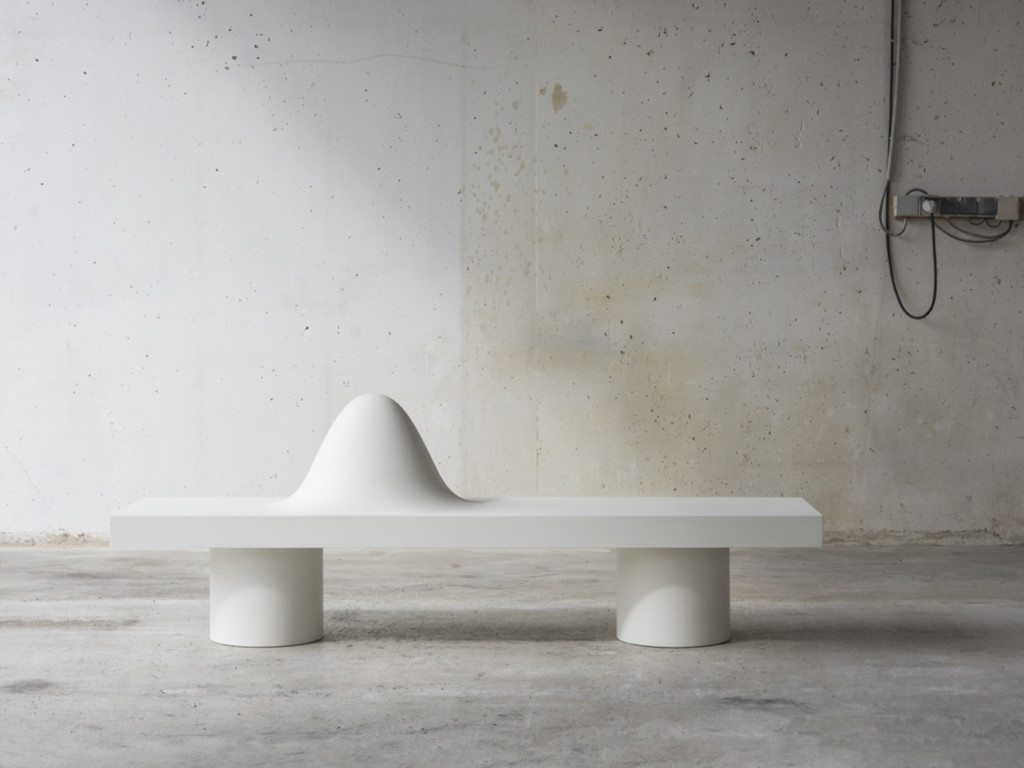
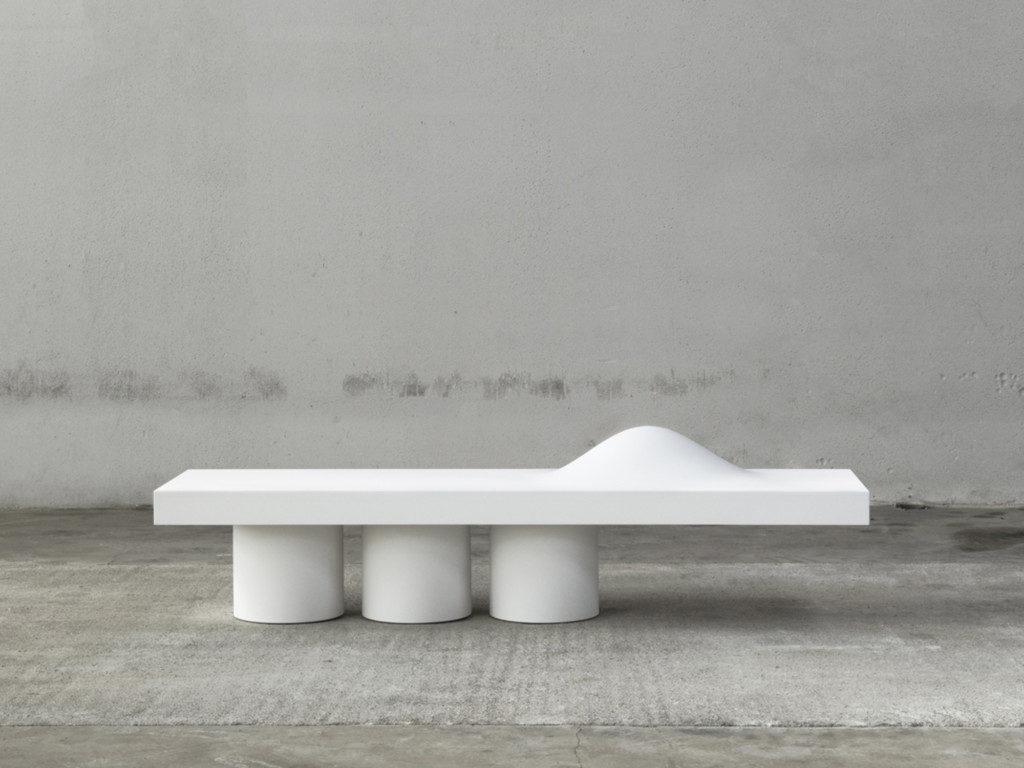
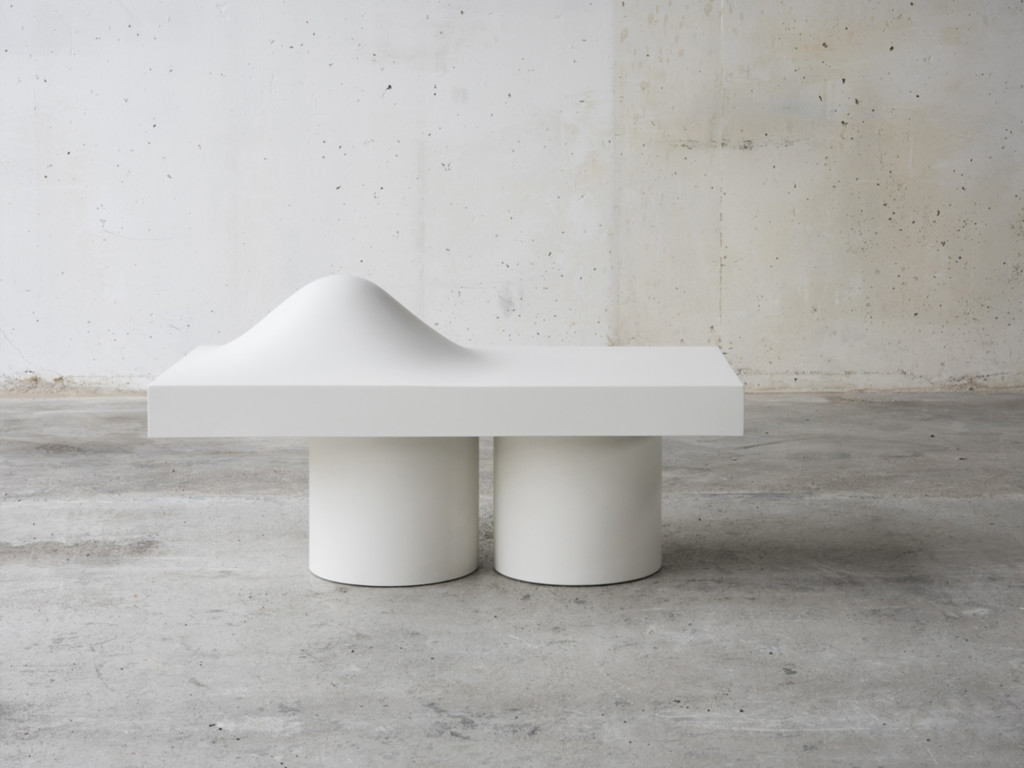
Her Distortion series was the first realization of this instinct. Like all her work, it communicates intense expression through miraculously minimal means. The title refers to El Zein’s own corporeal transformation during pregnancy, and also (perhaps more self-evidently) to the benches’ surrealistic rounded swells. These are variously positioned, demarcating the pieces into unusual situations for seating: here there is just enough space for a couple to settle in close, there, a perch for an isolated sitter. Meanwhile, the smooth curvature of the form beckons the hand. The unusual material – concrete reinforced with resin – is sanded to a fine, almost silky texture. Even if you know nothing of El Zein and her life, sitting on a Distortion bench is an intimate experience, honed yet supple, at once hard and soft.
This same combination of formal simplicity and psychological complexity is found throughout all of El Zein’s new body of work – a phrase that takes on new meaning here. The forms teeter right at the fulcrum between abstraction and representation. There are clear allusions not just to pregnant bellies, expectant bodies, but also intertwined limbs, exposed hips and backsides, legs clasped tight together. The Seduction series is El Zein’s most autobiographical. It tells a sequential story in which an initial emotional distance is overcome, arriving step by explorative step into blissful union. In conversation, she narrates this story in fragments, shifting in and out of first-person. Here, for example, is her description of the first piece in the series, which has two independent forms:
I had to understand how to reconnect again with my own body. And that has different stages. Two people – one bending too close, the other can’t be touched. One (him) is rocking, and that expresses flirtation, dialogue. Moving and approaching. And I’m not ready, I’m completely closed, folded onto myself.
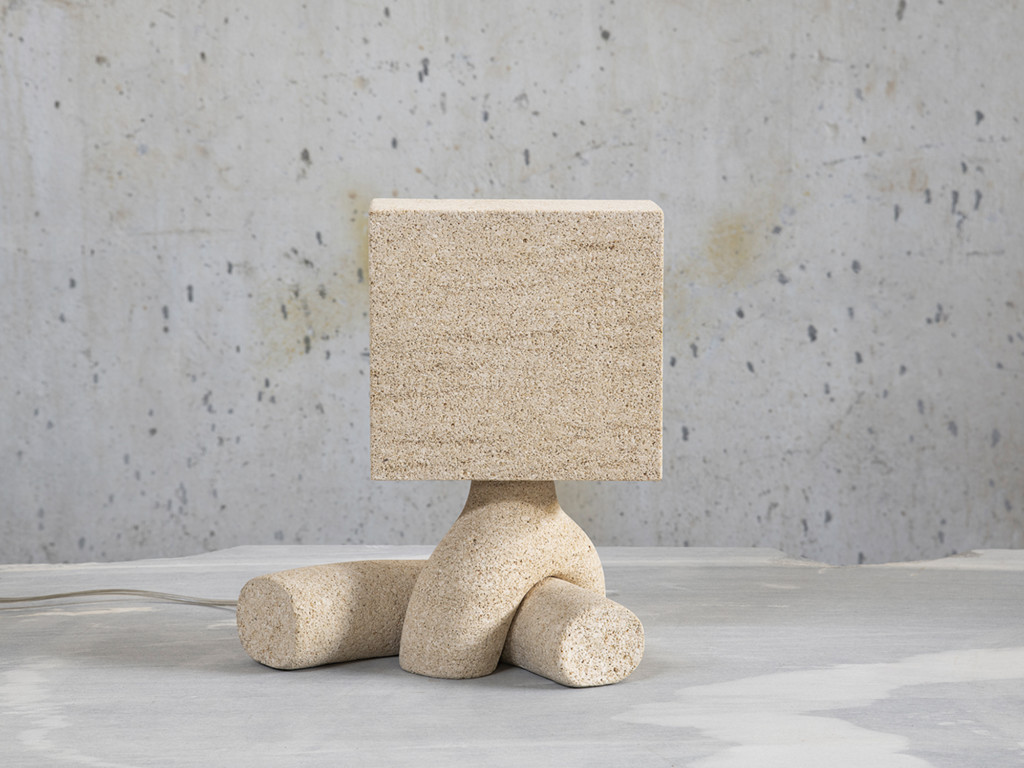
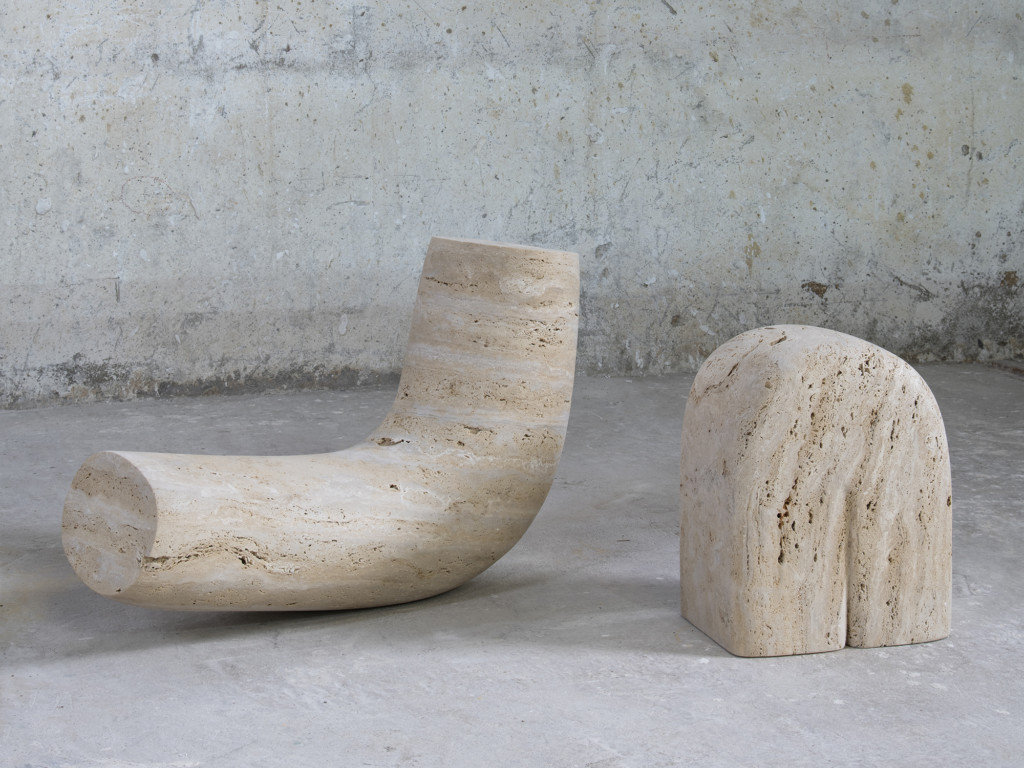
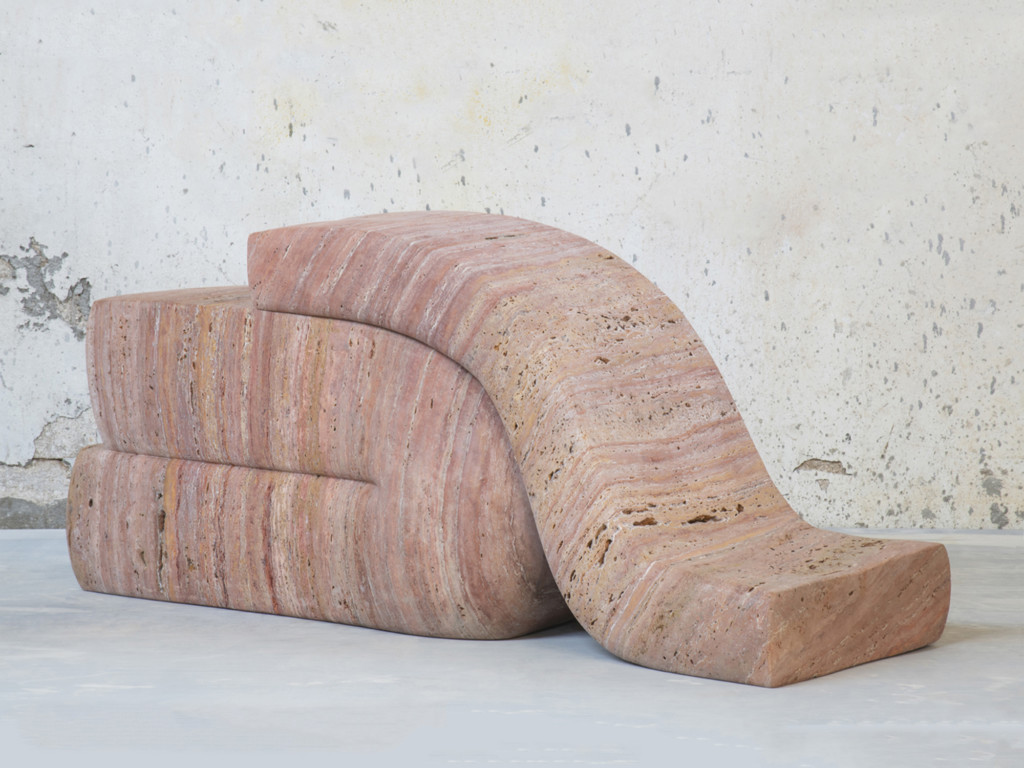
Again, material helps to tell the story. You can just tell, looking at the finished objects, that at no point in their genesis were they flat drawings. El Zein worked clay in her hands, smoothing and folding it until it was just so, then setting it on a flat surface, leaving it and coming back, picking it up, pulling at its skin and pushing at its weight. The plasticity of these sketches can be felt in the scaled-up works, but they are carved in stone, asserting a degree of monumentality and neutrality. “I wanted to put the shape forward rather than the material,” she says. “I wanted the material be used as a tool to express the story, not become the story itself.” Yet the stones she specified do have a subtle resonance. Thus far El Zein has completed three of the ten models she originally conceived for the Seduction series at full furniture scale, just enough to indicate the outlines of the narrative. To more fully indicate the arc of her thinking, she has also designed a related series of sculptures, which proceed in a material progression from cool pale Italian travertine, warming to Iranian silver travertine, and finally to Spanish niwala (a type of sandstone), as the “plotline” moves toward its resolution.
One could perhaps read El Zein’s incorporation of her private life as a feminist gesture – if one believes that the “personal is political,” as the saying goes – and recently, she was a prominent inclusion in a groundbreaking show of contemporary women designers at the Dallas Museum of Art. Yet for her, the works are not about female subjectivity per se. Rather, she aims to evoke the subjective dynamics of all relationships, and the deeper truth of her own memories: “it’s not related to gender as such, it’s just the way it was.” From another perspective, we can see this as a strategy with wider potential application. She has found a way to use emotion as her form-generator. In theory, any interaction between two people could be used to create a comparable set of shapes, which would feel equally abstract and equally true.
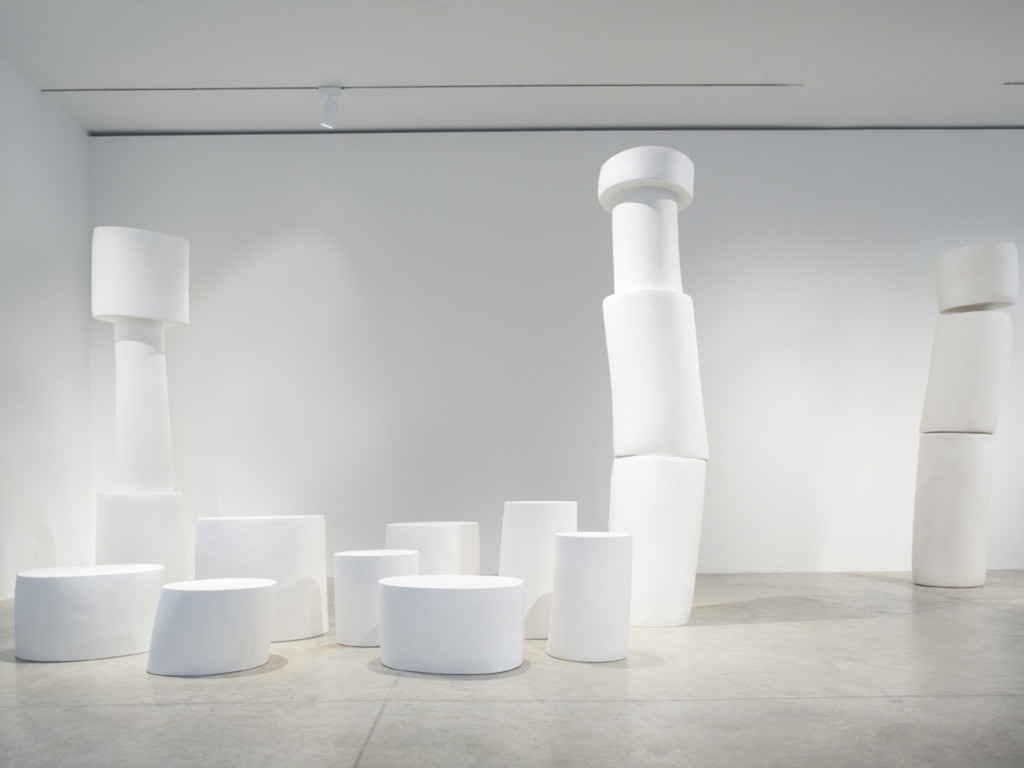
Fragmented Pillars, the last group of objects in this exhibition, relate to a private sense of fragility. She thinks of them as symbols of an inner disturbance, of tottering on one’s foundations. To be sure, they also insistently recall ruined cities, both ancient and modern, and Lebanon’s volatile recent history, to say nothing of the horrific war currently unfolding in bordering Syria, seems a ghostly presence. Yet the Pillars are El Zein’s most anthropomorphic designs to date. Each has a distinctive stance and – one is inclined to say – its own personality. This is achieved simply through variation in the angles of the stacked plaster components. Somehow, these slight shifts of geometry convey an impression of persistence in the face of instability. As she puts it, “they are not to do with the ruins that surround me, but the ruins of the soul.” Each jutting shape in the column is like a fragment of that soul, partly opened up to view. Rather than seeing them as a specific response to the situation of the Middle East, then, it makes most sense to read them – just as we should read all of El Zein’s creations – as a synthesis of personal subjectivity and universal experience.
It was difficult work, gathering the energies for this show, and realizing them in physical form. Along the way, as in any journey, there were discoveries. When El Zein first started working on the Fragmented Pillars, for example, she did not think of them as explicitly figural; that language emerged gradually. The imagery of the Seduction series similarly took on emotional weight for her, as it was gradually embodied over the course of the making process. It seems appropriate that her materials are mined from the dark earth and brought into the light, for her design process involves a similar process of quarrying – an excavation and exteriorization of something hidden.
This exhibition is, then, somewhat paradoxical: an act of self-revelation that nonetheless retains an air of circumspection. It had to be like this, both passionate and private. For El Zein is addressing matters that are hard to think through, hard to articulate. This investigation is rooted in her own experience, but the poignant results are there for us all to feel, and connect to. And that is the real wonder of this body of work (a phrase that seems more appropriate to El Zein than any other current designer). For all that it is self-protective, even mysterious, its greatest virtue can be summed up in one word: generosity.
This essay was originally published in exhibition catalogue Najla El Zein: Transition, Friedman Benda, New York, NY, February 2019.
